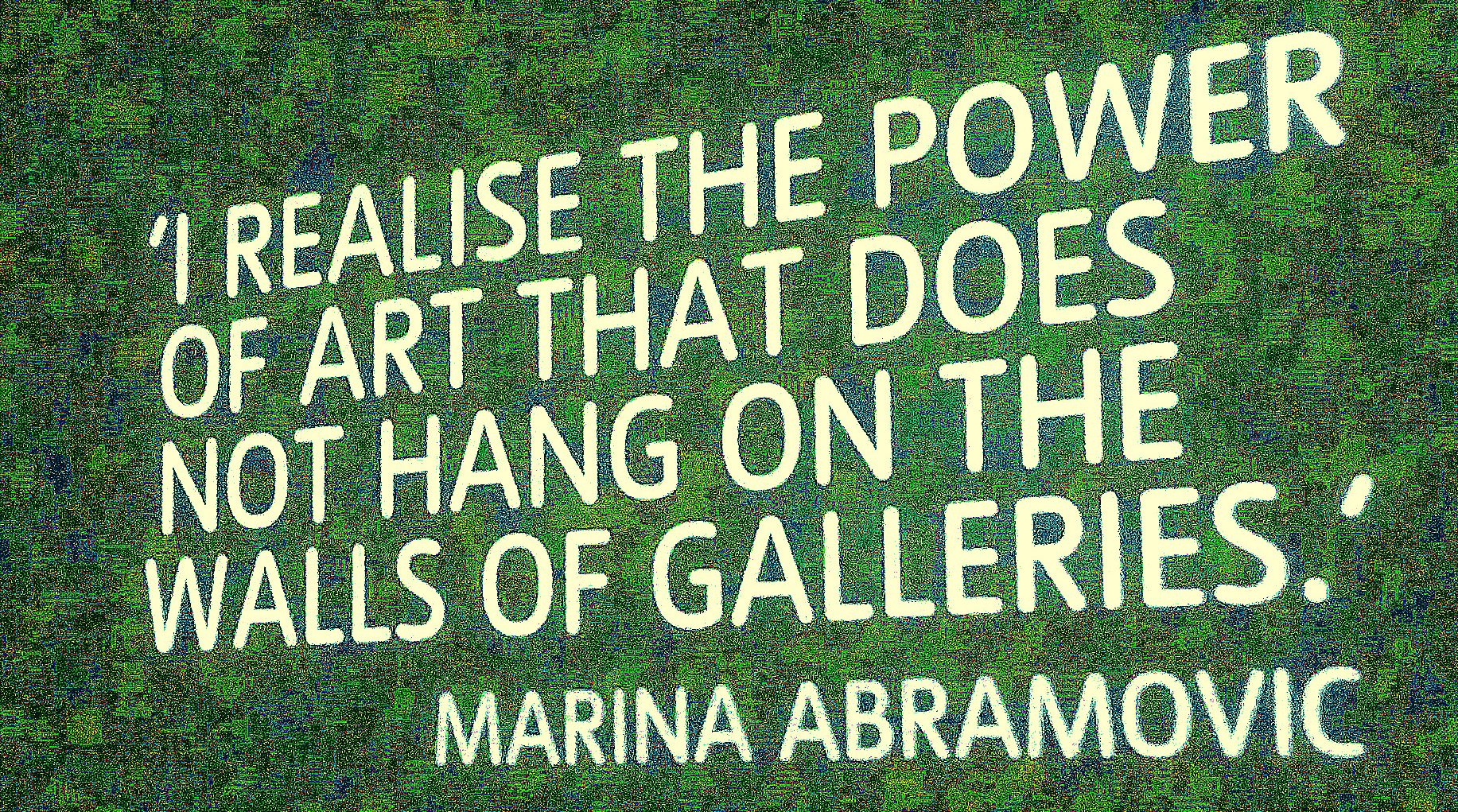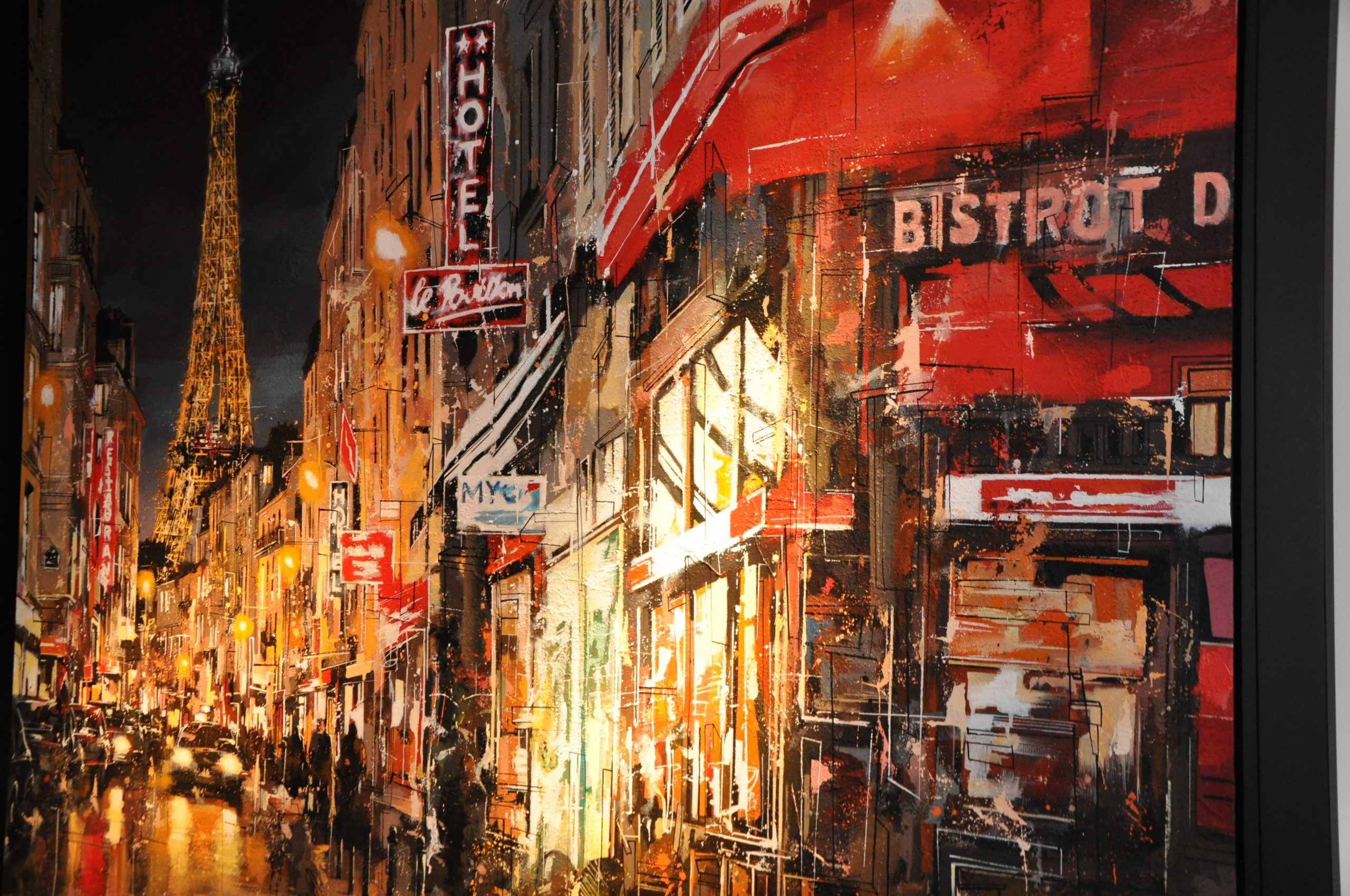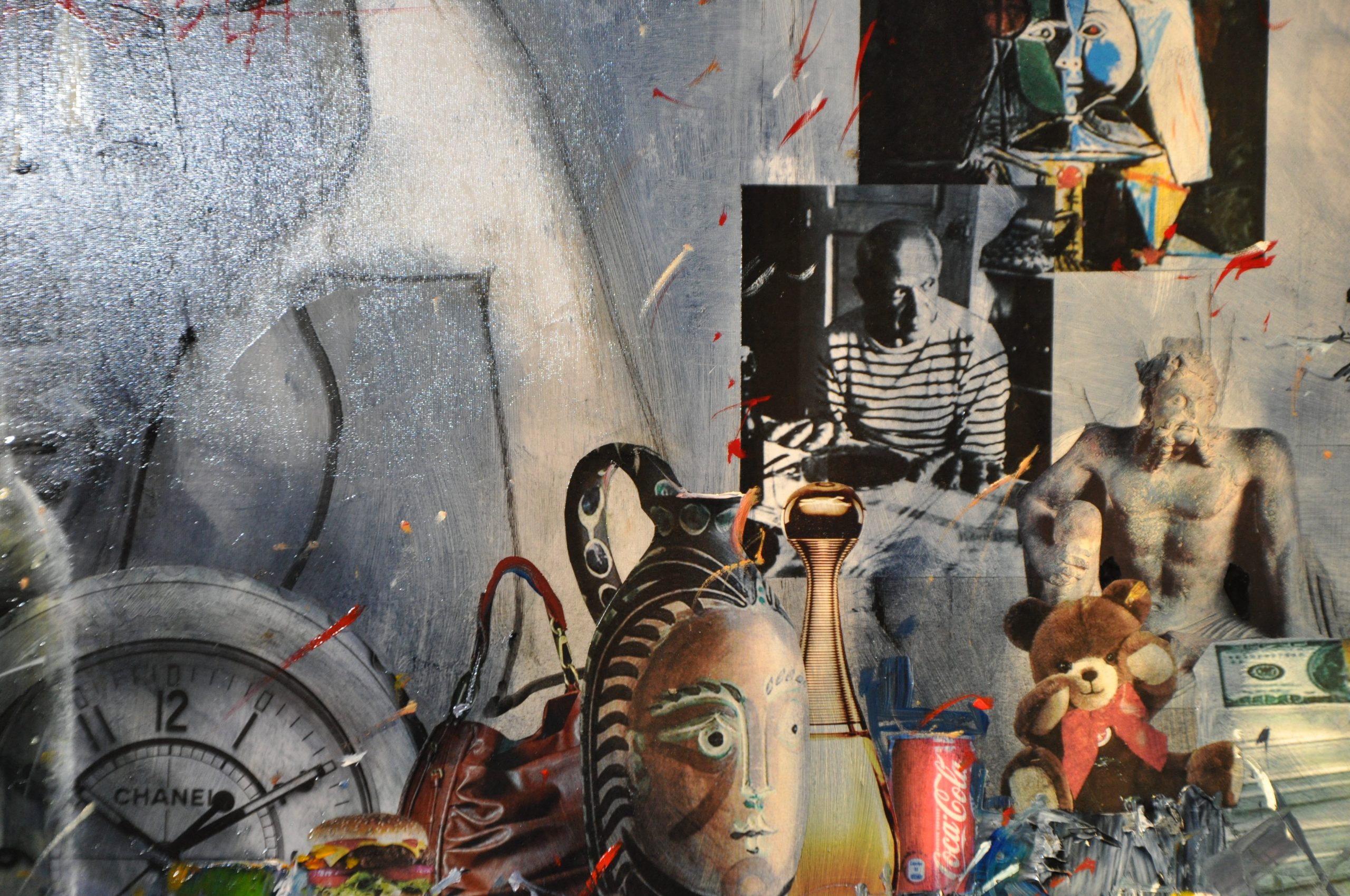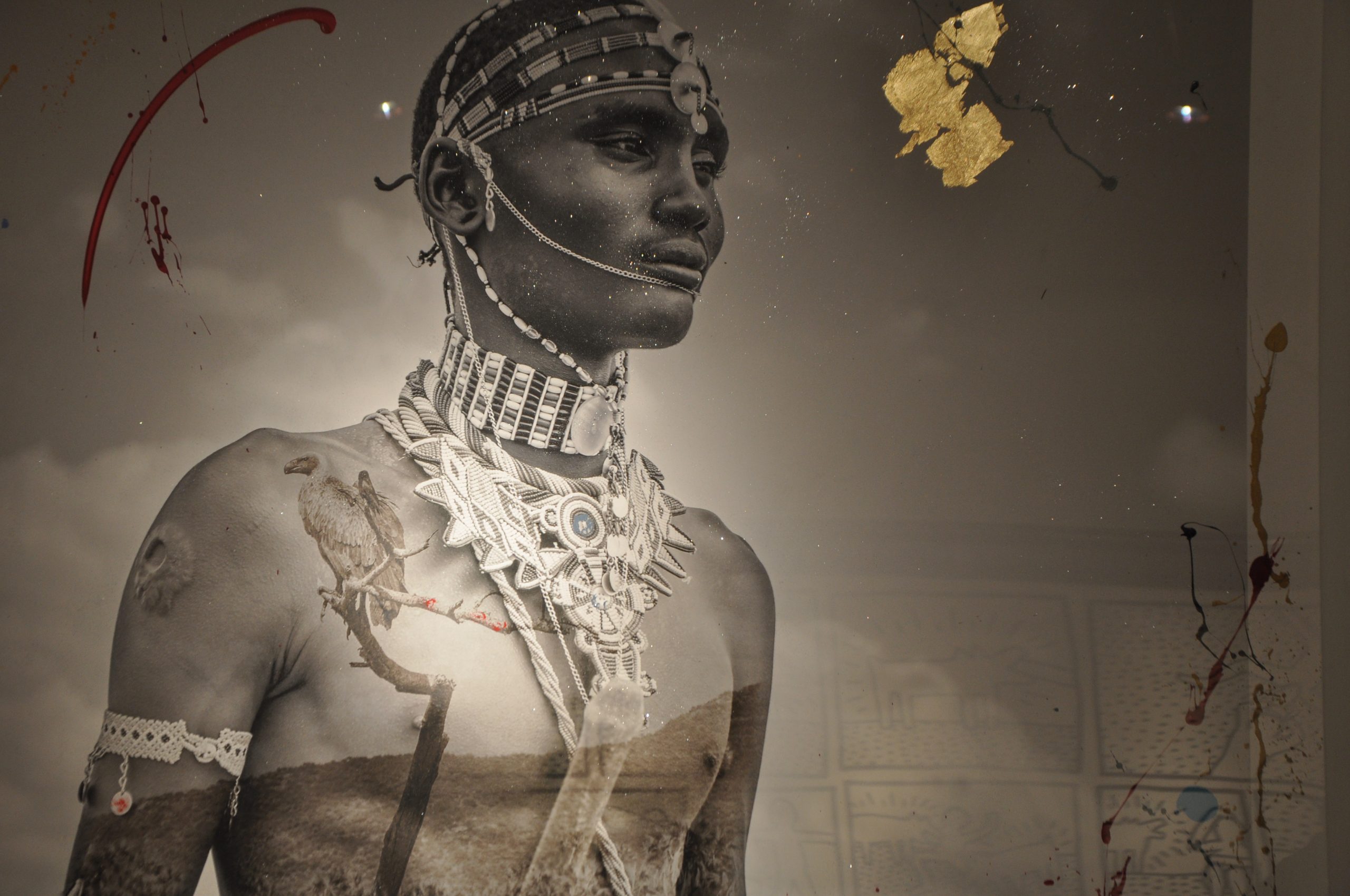CREATIVITY IN BRANDING (and business performance)
by Nicola Dean
Creativity exists within all of us – we must just learn to tap into it and cultivate it. It occurs in a myriad of unexpected ways – it is as necessary as it is elusive – and certainly no one-size fits all. You never know when or where the ‘aha’ moment will occur, but the key is to recognise it for what it is and to act on it quickly. However, what creativity has in common from one brand to another is that if it catches on with consumers it can take off exponentially.
Creativity is one of the most important concepts in marketing. When it involves the production of something both novel (different, unusual or divergent) and useful, it is a key factor in giving a brand a competitive advantage by generating strong shifts in attitude towards the brand and heavily influencing behavioural buying intentions. Through creativity,
an organisation must attempt to create its own individuality and distinctive features that will repeatedly distinguish them from their competition.
But branding has to also focus on continuity, consistency and recognisability, whilst building and maintaining distinctive meanings and values, which all need to authentically express – and be associated with- the identity of the company they represent. Successful brands are
built around a company’s reputation for service, quality, consistent product offerings together with consumers’ perception of the brand and the meaning they attribute to it. As you can see, this is a complex process involving many complex layers of messaging,
engagement and history.
So there is often a tension between creativity and branding –between challenging and transcending established boundaries in a new way while retaining the traditional functions and values and consistency that consumers rely on in decision-making. Consistent brand management in terms of core values and thinking about brands carefully from the strategic
perspective is essential as it creates more transparency for the consumer in the longer term. Evidence suggests that the most successful brands are the outcome of several years of investment and strategic planning.
It is in the combination of 3 imperatives that the energy of a brand rests: creativity, leadership and strategy.
The global brands with which we are all familiar do not separate these imperatives –for example Google, Apple and Microsoft which are the world’s top 3 brands in 2017. Together with the other 97 brands in the Top 100, they boast a combined brand value of $3.4 trillion, a figure that has increased by 133% on 2006’s value. These companies have all leveraged
their brand equity across the internet to present their brand as both a global identity and a passport and have shown they are able to continuously mix and balance the 3 imperatives across the multiple target markets in which they operate. They understand how each
imperative works and interacts with each other in a variety of different settings –structurally, culturally and motivationally – and they know that the best tool for providing this synergy is the brand itself, functioning as the company’s guiding, inspirational and organisational principle.
A strategy can only be truly compelling if:
– it starts off with a dynamic purpose for the brand
– its brand strategy is the epitome of original thinking
– the brand can truly delight consumers through creative thought being applied to both its tangible and intangible dimensions
Yet the imperatives of creativity and branding are so entangled one can hardly be understood without the other. This is especially true for FMCG where each product line has its own brand yet is part of a much larger corporate or even enterprise brand. It means the financiers and the creatives often lock horns but, in the end, are compelled to find a way to achieve a harmonious combination of culture and economic demands in order to balance continuity and novelty. Creativity and analytical thinking do not have to be mutually exclusive – both are able to be developed and enhanced and, more importantly, one can reinforce the other. Right brain and left brain can work together!
The contrast between a mediocre brand and a great one is its uniqueness and its ability to achieve the perfect balance of strategic and creative imperatives outlined above to differentiate itself from the competition. It has to have one or more dimension that sets it apart from all the rest: for KFC and Coca-Cola it is the secret recipe/formula; it could be the brand experience that customers have when they interact with company employees as in Singapore International Airlines; perhaps it is more subtle and positioned around the high-budget story-telling of Guiness and Stella Artois, or it can be the opposite, an assault on the senses to grab consumers’ attention such as Cilit Bang!
Yet the imperatives of creativity and branding are so entangled one can hardly be understood without the other. This is especially true for FMCG where each product line has its own brand yet is part of a much larger corporate or even enterprise brand. It means the financiers and the creatives often lock horns but, in the end, are compelled to find a way to achieve a harmonious combination of culture and economic demands in order to balance continuity and novelty. Creativity and analytical thinking do not have to be mutually exclusive – both are able to be developed and enhanced and, more importantly, one can reinforce the other. Right brain and left brain can work together!
Creativity acts as a subjective information provider in the consumer decision-making process as it has the power to tap deep psychological and unconscious thought processes and release emotional responses. It should trigger open-mindedness and curiosity and produce higher levels of both viewing and brand purchase intentions. Originality, surprise and uniqueness can all result in improved long-lasting memory of the brand through cognitive deeper message processing.
Whatever the execution and representation of the brand over multiple media, a successful brand will connect with consumers on an emotional level – combined with one or more either economic, cultural or rational response.
Warning- don’t try this at home! Vary rarely will a company have the necessary in-house expertise or skill to create a strong differentiated brand by themselves because they are far too close to the product and are therefore unable to provide the essential objectivity and creative interpretation required to build strong differentiated brands. Even giant global brands with thousands of employees employ to external creatives – for example Apple turned to TBWA and this is one of the factors that has propelled them to where they are today. Agencies can provide the distance needed to showcase a brand and its assets as they have no internal agenda, are able to turn convention on its head and can scrutinise a brand from every angle to create a unique and memorable brand initially and then continue to tell its story throughout its lifecycle. A great example of this is Compare the Market and its Meerkat campaign from the VCCP company.
Creative thought can put a ‘spin’ (in the best sense of the phrase) on your brand promise, create a memorable brand experience, develop a distinct identity and utilise it across all touch points and interfaces. From their unique position as an ‘external employee’, an agency will support the company to put a brand strategy together that not only fits perfectly with its business strategy, but also permeates all the company’s communications, both external and internal, thus creating the elusive enterprise brand.
The origin of branding dates from Roman times, but has seen the majority of its evolution and acceleration over each decade of the 20th century, and has been turbo-charged by the internet revolution in this century. As we have seen, an emotional connection has to be made for a brand to become a successful catalyst to the consumer buying process, but ultimately the brand has to be the key differentiator and the focal point of how a company defines how it will operate. The brand has to stand for consistency and constancy yet it must also be exceptionally creative to set it apart from the rest – and this is where the magic lies.
Summary of journal article references
Van Gelder (2005) The new imperatives for global branding: Strategy, creativity and leadership
Simoes and Dibb (2001) Rethinking the brand concept: new brand orientation
Hatch and Schultz (2009) Of Bricks and Brands: From corporate to enterprise branding
Lewis and Elaver (2014) Managing and fostering creativity: An integrated approach
Kasper et al (2017) Creativity versus branding
Baack et al (2015) Advertising to businesses: Does creativity matter?
Jensen and Beckman (2007) Determinants of innovation and creativity in
corporate branding
Mikula and Harris (2013 ) Vital role of creativity in brand building












